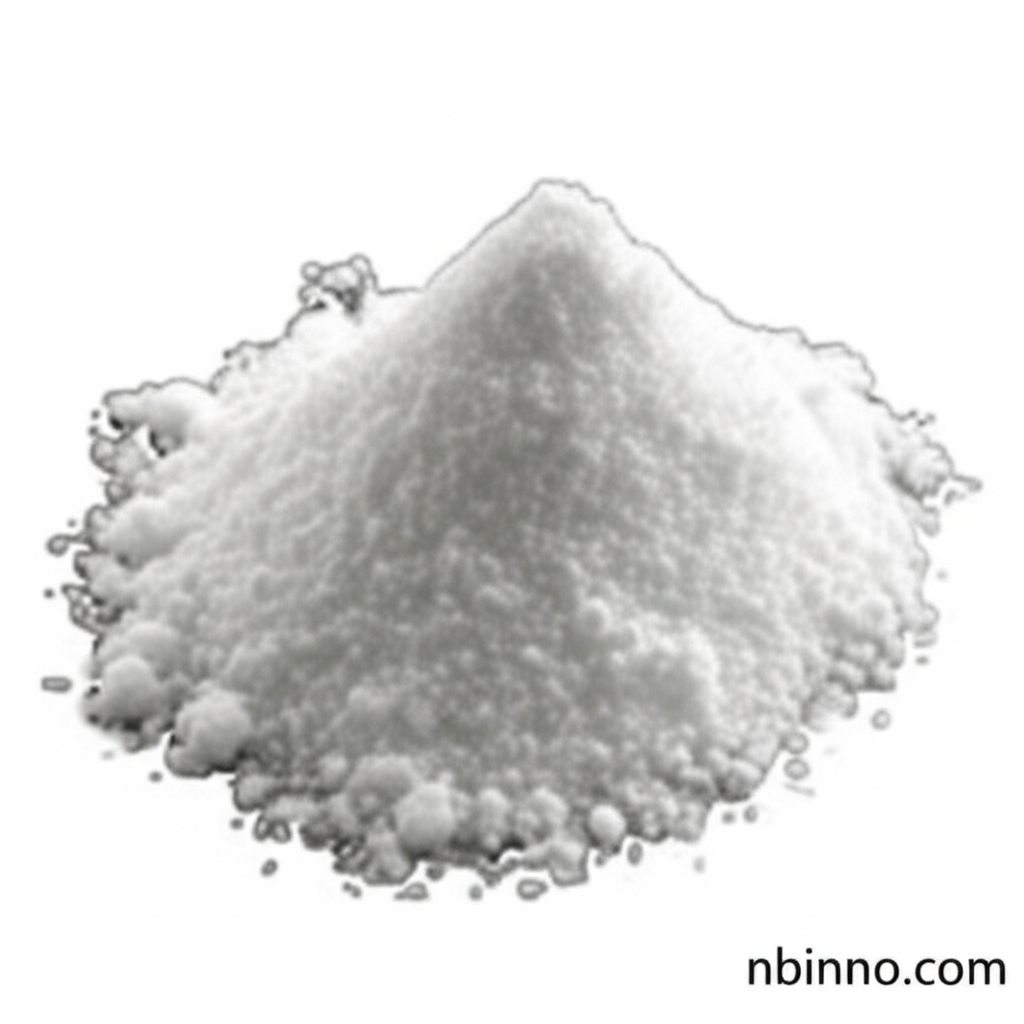Ritalinic Acid (CAS 19395-41-6): A Comprehensive Guide to its Properties and Pharmaceutical Applications
Discover the critical role of Ritalinic acid in pharmaceutical synthesis and neuroscience research.
Get a Quote & SampleProduct Core Value

Ritalinic acid
Ritalinic acid (CAS 19395-41-6) is a crucial chemical compound primarily recognized for its significant role as a pharmaceutical intermediate. It is instrumental in the synthesis of medications designed to treat Attention Deficit Hyperactivity Disorder (ADHD), where it contributes to enhancing cognitive function and improving focus in patients.
- Leverage Ritalinic acid in ADHD medication synthesis to improve focus and concentration in patients by understanding its role as a key intermediate.
- Explore the potential of neuroscience research compounds like Ritalinic acid to study neurotransmitter systems and behavioral disorders.
- Utilize Ritalinic acid in analytical chemistry for drug testing, aiding in the development of methods for detecting stimulant drugs in biological samples.
- Investigate Ritalinic acid's application in formulation science for controlled-release drug delivery systems, aiming to improve medication efficacy and safety.
Key Advantages
Enhanced Cognitive Function
The use of Ritalinic acid in pharmaceutical development is directly linked to its ability to enhance cognitive functions, making it a vital component in treatments for conditions like ADHD, as part of the broader scope of pharmaceutical intermediates for CNS disorders.
Research Versatility
As a versatile compound for neuroscience drug development compounds, Ritalinic acid offers researchers a valuable tool to explore the mechanisms behind cognitive processes and behavioral health, furthering our understanding of neurological functions.
Precision in Analysis
In analytical chemistry for drug testing, Ritalinic acid serves as a critical standard for developing precise methods to detect and quantify stimulant drugs, supporting forensic and clinical diagnostics.
Key Applications
Pharmaceutical Synthesis
As a key intermediate, Ritalinic acid is essential for synthesizing medications aimed at improving attention and cognitive performance, playing a crucial role in the development of ADHD treatment research chemicals.
Neuroscience Studies
Researchers utilize Ritalinic acid to investigate its impact on neurotransmitter systems, contributing to a deeper understanding of cognitive functions and the development of new therapeutic strategies for neurological conditions, aligning with chemical synthesis of cognitive enhancers.
Drug Detection and Monitoring
In analytical chemistry, Ritalinic acid is employed in the creation of analytical methods for detecting and quantifying drugs, which is vital for drug testing and forensic analysis, supporting the use of analytical standards for stimulant drugs.
Advanced Drug Delivery
Its unique structure makes Ritalinic acid valuable in formulation science for creating advanced drug delivery systems, enhancing the efficacy and safety of therapeutic agents, a core aspect of formulation science in pharmaceutical manufacturing.
